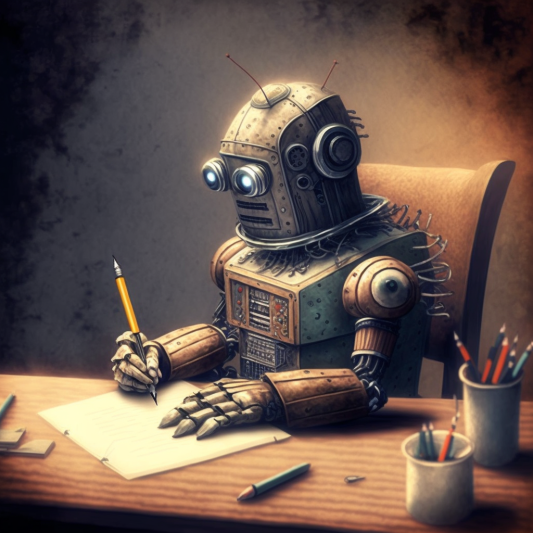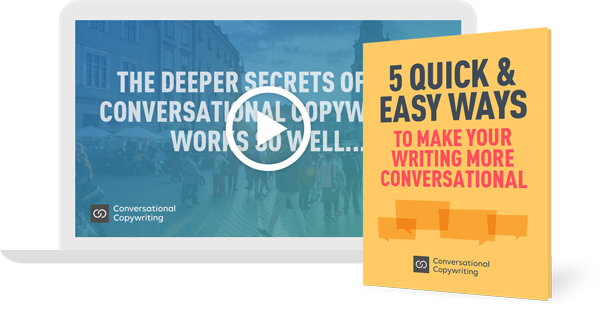
You’ve almost certainly heard the buzz about ChatGPT, the AI writer and copywriter.
Maybe you’ve tried it out a few times.
It’s amazing, and scary too. A lot of writers and copywriters are worried that tools like this will steal their jobs.
I get it. At first sight, I had the same worries. I asked it to write me an email, a blog post and a simple sales page. It did a pretty good job with each. Ouch!
And yes, the vocabulary and sentence structure of the text ChatGPT writes is certainly conversational.
That’s not surprising, because, in its own words…
“ChatGPT is trained on a large dataset of conversational data, such as chat logs and dialogue transcripts, and is able to generate natural language responses in a conversation.”
But… it’s missing something. Actually, it’s missing a few things.
And its weaknesses provide you with an opportunity.
Weakness #1 – AI writing has no rhythm or pace
If you ask an AI to write a 200-word email promoting a conference, it will happily do so.
If you give it sufficient information in its “brief” or prompt, it will also include all the pertinent information.
The grammar will be near perfect. Better than mine.
But as you keep reading, you’ll notice the copy has no rhythm or pace. It’s monotonous. There is no punch at the beginning or peak in energy towards the close. Or variation in pace and speed at any point.
In other words, ChatGPT does a fine job of communicating the information required. But it has no life. It fails to deliver any sense of excitement or anticipation.
It’s easy to forget how important rhythm and pace are to good copy and content. But when you come across their total absence in the writing of an AI, their importance is all too apparent.
It just doesn’t feel right. It doesn’t feel human.
Weakness #2 – AI writing is devoid of emotion
On the subject of being human – or not – the writing of ChatGPT is also devoid of emotion. Not surprising.
But as any experienced copywriter will tell you, this is a problem.
Emotion lies at the heart of good copy and content.
People buy with their hearts, not their minds. If you want to write great copy, you have to trigger an emotional response in your reader. You have to make them feel excited, happy, sad or scared.
This, for me, is the greatest weakness of AI writing so far.
It doesn’t make us feel anything.
How you beat AI copywriting systems…
AI writing has taken a huge leap forward over the last little while. There’s no denying that. And there are some tasks for which many companies will choose to use AI instead of hiring people like us.
But for the copy and content that really matters, we still have a huge advantage.
We can adjust the emotional tempo of our writing by changing the rhythm and pace of our text.
We can share the emotions of excitement and fear.
We can tell stories about the experiences of real people, or share stories of our own.
Robots can’t do that. And it will be a very long time before they can.
Next steps in your fight against the machine…
If you want to beat AI writing systems, focus on your greatest strength… which is that you’re a human with feelings.
If you have experience as a digital copywriter or content writer, you know how to inject emotion into your copy. And you know that emotion is the trigger that drives reader engagement, and ultimately sales.
If you’re not sure, or you’re new to all this, check out my course on Conversational Copywriting.
The conversational copywriting approach is the absolute opposite to AI writing. At its foundation it’s all about being human, and using everyday, conversational language to engage with readers at an emotional level.
This is your greatest defense against the rise of AI writing.
You can find out more about Conversational Copywriting here.
